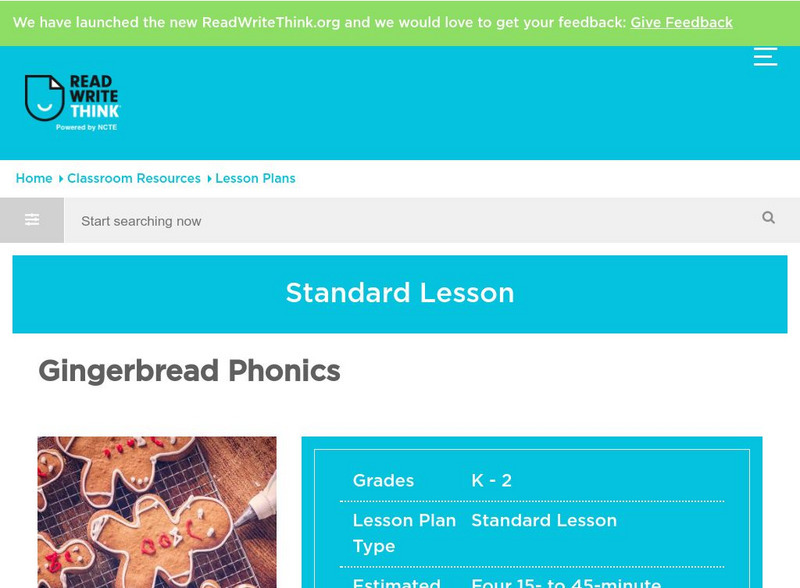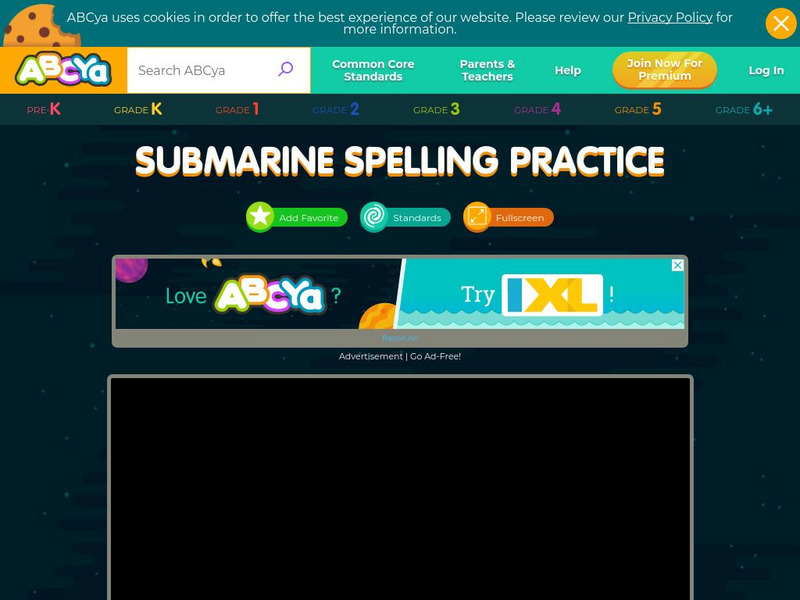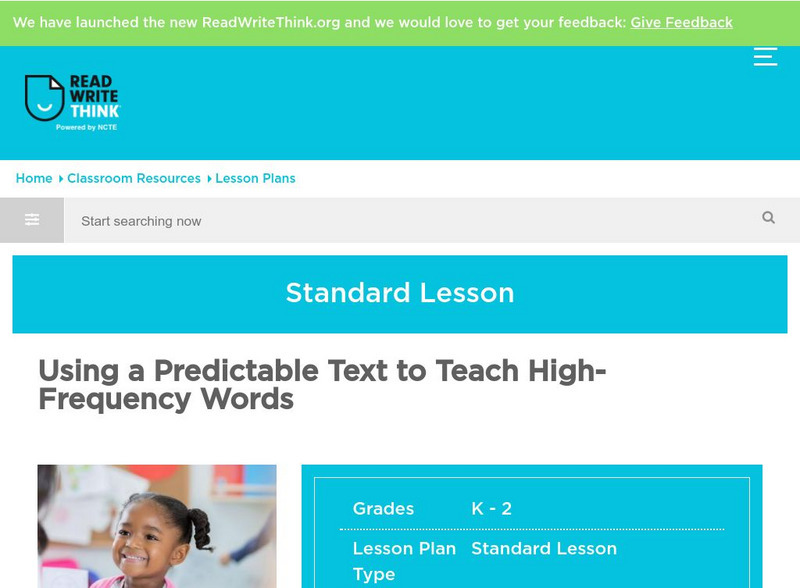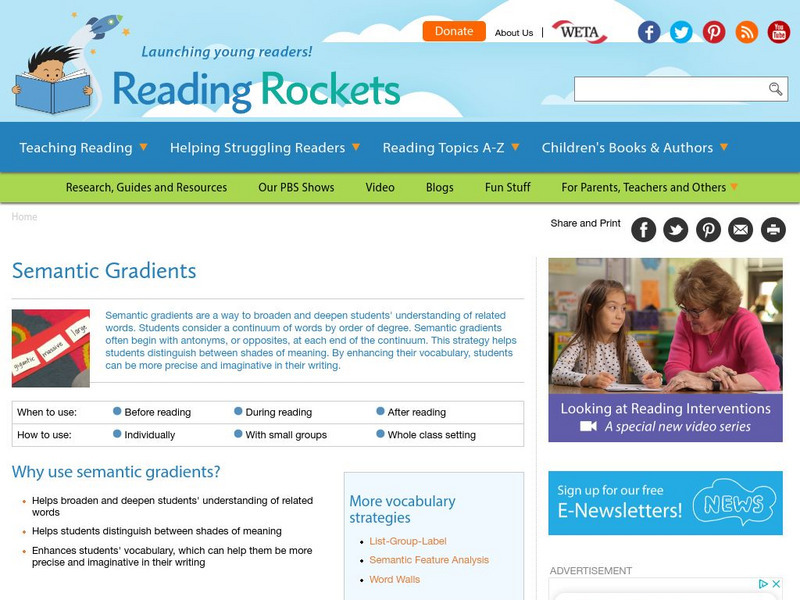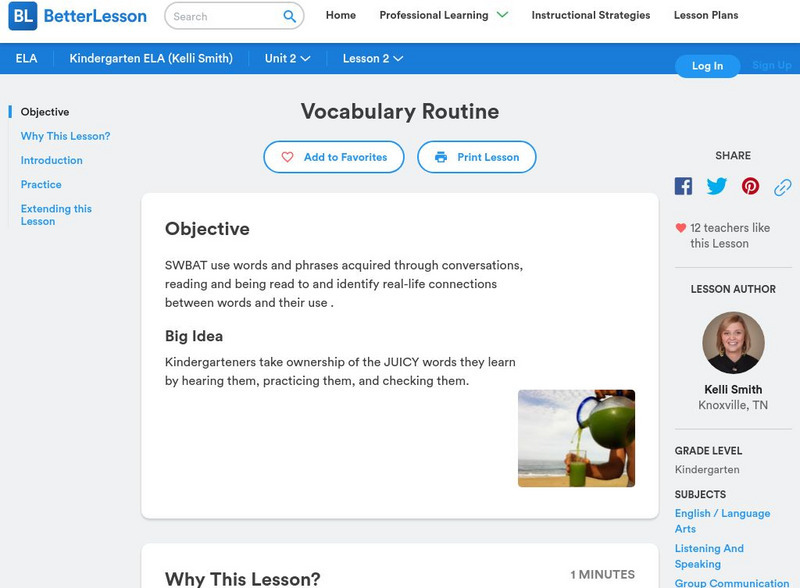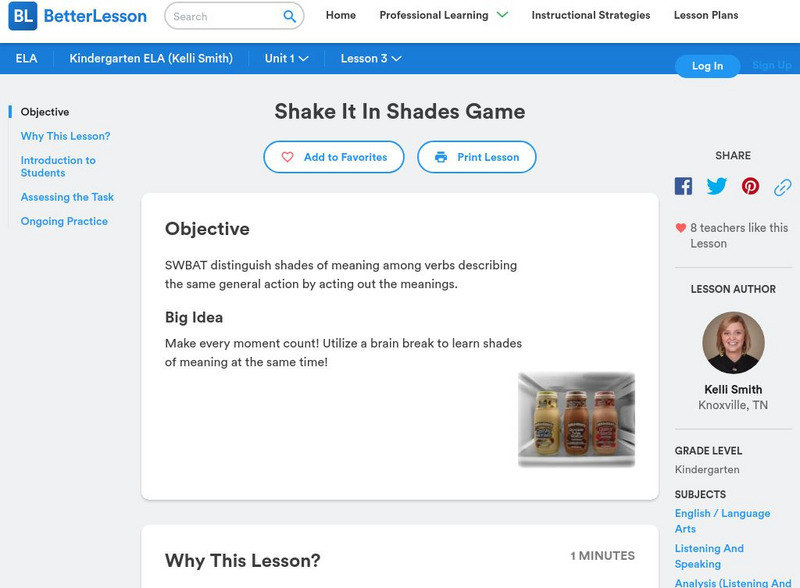Free Reading
Free Reading: Rhyme Rally Game: Identifying and Generating Rhyming Words
A teacher-led activity teaching students to identify whether it contains rhyming words. This site also contains links to Rhyming Books.
Free Reading
Free Reading: The Ship Is Loaded With: A Game Identifying and Generating Rhyming Words
A fun classroom game that helps students come up with words that rhyme with a word given to them by the teacher. Students sit in a circle, the instructor gives them a sentence and asks what word rhymes with the last word. Students raise...
ReadWriteThink
Read Write Think: Gingerbread Phonics
Through a shared reading of the familiar text, "The Gingerbread Man," students can learn to sound out familiar words. You will find step-by-step instructions as well as supplemental materials.
ReadWriteThink
Read Write Think: Word Recognition Strategies Using Nursery Rhymes
This lesson is a great way to teach students about rhymes and word recognition. This plan includes suggest nursery rhymes for you to use, and several supplementary sites to help you out.
ABCya
Ab Cya: Spelling Practice
Select a Dolch word list and listen to the word the dragon speaks. Click and drag the letters to spell the word correctly. Press 'hint" to see how the word is spelled or press "skip" to go to another word.
Free Reading
Free Reading: Around the World Game: Sounding Out Accuracy
A fun game involving the entire classroom that builds word and sound recognition phonetically.
Free Reading
Free Reading: Bam! Game: Sounding Out Accuracy
A small group game to practice word and sound recognition and accuracy. Students pull cards out of a hat and if they can sound it out accurately they keep the card.
Free Reading
Free Reading: Build a Word: Sounding Out Accuracy Game
A small group game to practice word and sound recognition and accuracy. Students pull cards with word parts printed on them out of a hat and if they can put it together and sound it out accurately they keep the card.
ReadWriteThink
Read Write Think: Using a Predictable Text to Teach High Frequency Words
Using "Have You Seen My Cat?" young scholars will learn to recognize high-frequency words. There are supplementary materials provided, as well as several links to useful websites.
University of Pittsburgh
University of Pittsburgh: Leaders: Word Building
This lesson walks teachers through a strategy for teaching word building skills to early elementary students. The site includes links to a page on preparing the materials needed for word building lessons, and to a page which explains the...
Free Reading
Free Reading: Rhyme Around Baseball Activity
An exciting version of baseball to build fluency in creating rhyming words. The classroom is divided into two teams; when one team is up to bat the first student is given a word family such as -at. They must create a rhyming word and...
Reading Rockets
Reading Rockets: Semantic Gradients
Use the strategy of determining semantic gradients (shades of meaning) to help students improve their vocabulary and understanding of related words.
Better Lesson
Better Lesson: Multiple Meaning Words
This lesson helps students to USE words for all they're worth! Multiple meaning words may not seem like a kindergarten skill; however, it is imperative that we teach our students about these "tricky" words! Included are printable...
Better Lesson
Better Lesson: Vocabulary Routine
Kindergarteners take ownership of the JUICY words they learn by hearing them, practicing them, and checking them. The following routine supports children to own their words! Instead of the teacher introducing the word and giving the...
St. Charles Place Education Foundation
Reading Bear: Adding S Quiz
This site is an interactive quiz to assess knowledge about adding the letter "s" changes the understanding of the word. The quiz is designed to follow the "Reading Bear: adding s" lesson.
Better Lesson
Better Lesson: Shake It in Shades Game
Make every moment count! Utilize a brain break to learn shades of meaning among verbs at the same time! Included in this lesson is a video of the activity, a reference chart, and a list of fun verbs to act out.
Starfall
Starfall: Gus the Duck
Learn the short U vowel sound with this cleverly illustrated and animated read-along story about a duck named Gus. Students can click on the word and it will show them how to blend phonemes to pronounce the word.
Better Lesson
Better Lesson: Learning to Recognize and Use Strong Verbs
In this lesson, students will listen to stories and determine the meaning of the word by using sentence-level context clues. They will think about the verbs that are used and think about how that verb appeals to their senses, giving them...
Better Lesson
Better Lesson: Bat Versus Bird
Students compare and contrast two animals to recall learned information so they can share two facts using the informational text "The Best Nest". Included is a video explanation, a printable graphic organizer, samples of student work,...
St. Charles Place Education Foundation
Reading Bear: Oo Quiz
This site is an interactive quiz to assess knowledge of words that incorporate "oo" in them. The quiz is designed to follow the "Reading Bear: oo" lesson.
St. Charles Place Education Foundation
Reading Bear: Ow, Ou Quiz
This site is an interactive quiz to assess knowledge of words that incorporate "ow" or "ou" in them. The quiz is designed to follow the "Reading Bear: ow, ou" lesson.
PBS
Pbs Learning Media: Waddle Lesson Plan
This instructional activity connects literacy, creativity and movement! Students act out different animals in the book "Waddle" as the teacher reads aloud. Students listen carefully for the animal name and the verb describing how that...
PBS
Pbs Learning Media: Sight Word Spelling Lesson Plan
In this lesson students explore with movement and creativity to make words come alive! Using sight word flashcards, students use their bodies to spell out simple sight words.
Michigan State University
Michigan State University: Intevention for Reading: Peer Tutoring in Sight Words
This is a lesson for peer tutoring of sight words including training, materials needed, procedures, and evaluation. The goal is to increase learners' sight word vocabulary and, therefore, their reading comprehension.




